Home »
MCQs »
BA Political Science MCQs
Nationalism in India MCQs
Nationalism in India means a change in people's understanding of their identity and sense of belonging. The growth of modern nationalism is intimately connected to the anti-colonial movement. People began discovering their unity in the process of their struggle with colonialism.
This section contains the multiple-choice questions and answers on Bachelor of Arts Political Science - Nationalism in India. Practice these MCQs to learn and test the Nationalism in India.
List of Nationalism in India MCQs
1. Who started the Champaran movement?
- Mahatma Gandhi
- Champaran singh
- Ram manohar lohia
- All the above
Answer: A) Mahatma Gandhi
Explanation:
The Champaran Satyagraha was a peasant uprising, led by Mahatma Gandhi in the Champaran district of Bihar. The farmers in the region revolted against the British power against the imposed indigo cultivation between 1914 and 1916.
2. In which year Asiatic Society of Bengal was founded?
- 1784
- 1788
- 1678
- 2001
Answer: A) 1784
Explanation:
Asiatic Society of Bengal, scholarly society founded on Jan 15, 1784, by Sir William Jones, a British lawyer and Orientalist, to encourage Oriental studies.
3. Who was Karl Marx?
- A German philosopher
- A French economist
- A German politician
- None of the above
Answer: A) A German philosopher
Explanation:
Karl Marx was a German philosopher, economist, sociologist, historian, journalist, and revolutionary socialist. Marx's work in economics laid the basis for the current understanding of labour and its relation to capital, and has influenced much of subsequent economic thought.
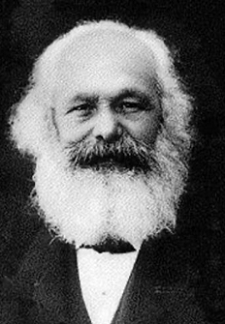
4. Who was Vladimir Lenin?
- American agent
- Russian politician
- Political theorist
- Both B and C
Answer: D) Both B and C
Explanation:
Vladimir Lenin (1870 –1924) was a Russian communist revolutionary, politician and political theorist.
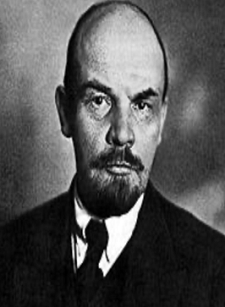
5. What was the other name of Joseph Stalin?
- Jemy stalin
- Losif Vissarionovich Stalin
- John st
- None of the above
Answer: B) Losif Vissarionovich Stalin
Explanation:
Joseph Stalin or Losif Vissarionovich Stalin (1878 – 1953), was the leader of the Soviet Union from the mid-1920s until his death in 1953.
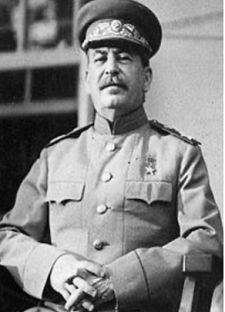
6. Who was Mao Zedong?
- A Korean philosopher
- The founding father of the People's Republic of China.
- Chinese Communist revolutionary
- Both B and C
Answer: D) Both B and C
Explanation:
Mao Zedong (1893 – 1976), was a Chinese Communist revolutionary and the founding father of the People's Republic of China, which he governed as Chairman of the Communist Party of China from its establishment in 1949 until his death. His Marxist-Leninist theories, military strategies and political policies are collectively known as Maoism or Mao Zedong Thought.
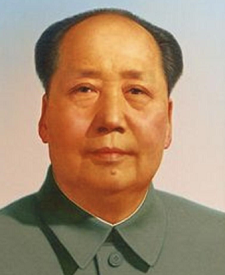
7. Who was Rajani Palme Dutt?
- Politician
- Poet
- Journalist
- Actor
Answer: C) Journalist
Explanation:
Rajani Palme Dutt (1896–1974), was a leading journalist and theoretician in the Communist Party of Great Britain.
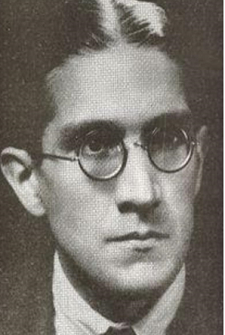
8. Who was Antonio Gramsci ?
- Italian Writer
- Journalist
- Economist
- German writer
Answer: A) Italian Writer
Explanation:
Antonio Gramsci (1891 – 1937) was an Italian writer, politician, political theorist, philosopher, sociologist, and linguist.
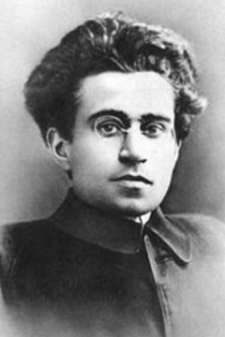
9. Who wrote the book "Gita Rahasya" and "The Arctic Home in the Vedas"?
- Bal Gangadhar Tilak
- Lokmanya Tilak
- Both A and B
- Bipin Chandra Pal
Answer: C) Both A and B
Explanation:
Bal Gangadhar Tilak-better known as Lokmanya Tilak was among the most popular figures in the national movement in the pre-Gandhian era.He authored famous books- Gita Rahasya and The Arctic Home in the Vedas. He edited two newspapers –Kesari in Marathi and Mahratta in English. He believed in mass mobilisation and to that end he popularised ‘Ganpati Puja' and 'Shivaji Festival' in Maharashtra.
10. When did the Wahhabi Movement take place?
- 1830's-1860's
- 1990's- 1991
- 1980's-1990's
- In 1950
Answer: A) 1830's-1860's
Explanation:
Wahabi Movement took place in 1830's-1860's.The leader of the movement was Syed Ahmed Barelvi of Rae Bareilly who was greatly influenced by the teachings of Abdul Wahab of Arabia and Shah Waliullah, a Delhi saint. The movement was primarily religious in its origin. It soon assumed the character of a class struggle in some places, especially in Bengal. Irrespective of communal distinctions, peasants united against their landlords.
Advertisement
Advertisement